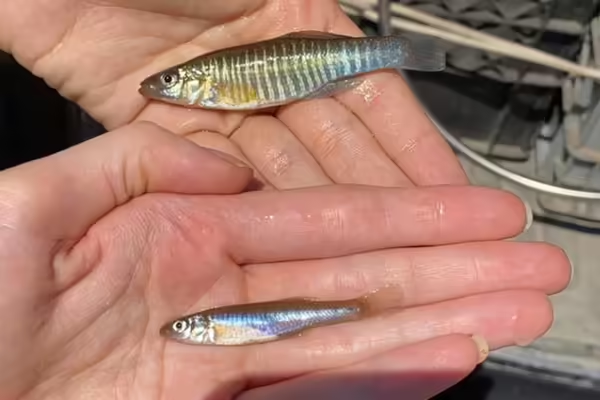
URBANA, Ill. – Rivers split across mountaintops and other geographic barriers may flow only a few miles from one another, but to the aquatic creatures in those waters, the separation could represent millions of years of evolutionary time. So, when an angler or a curious child moves a fish from one side of the mountain or one side of the country to the other, it’s a very big deal to the fish. Some may discover a competitive advantage in a new stream, potentially disrupting eons-old ecological hierarchies.
In the U.S. Geological Survey’s Non-Indigenous Aquatic Species database, these so-called “native transplant” fish are almost twice as common as fish introduced from outside the country. But a new University of Illinois review says native transplant fish, especially those that don’t qualify as game fish, are rarely studied and their impacts poorly understood.
“We are trying to circle a certain type of biological invasion as uniquely neglected for study and attention over time. It leaves us with some blind spots about whether these fish are having impacts, and if they're causing harm that's going undocumented,” says Eric Larson, associate professor in the Department of Natural Resources and Environmental Sciences at Illinois and senior author on the review in Fisheries.
Larson and lead author Jordan Hartman scoured the scientific literature to document studies on non-game native transplant (NGNT) fish. Of 220 NGNT fishes the authors identified as established in the U.S., only 51 have been studied at all. And researchers have investigated impacts in just 30 of them.
Larson says those impacts can be significant.
Read more from the College of Aces
The Department of Natural Resources and Environmental Sciences is in the College of Agricultural, Consumer and Environmental Sciences at the University of Illinois Urbana-Champaign.
Top photo: Eastern (top) and Western (bottom) Banded Killifish. The Eastern subspecies may be edging out the Western fish in its native range.